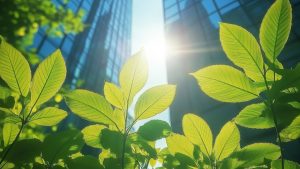
Liquid Wind to progress abandoned renewable methanol project
Liquid Wind has announced the development of a new 100,000 t/a green methanol project in Örnsköldsvik, Sweden, in collaboration with local energy company Övik Energi. Övik Energi’s combined heat and power plant in Örnsköldsvik was due to be the site of Ørsted’s FlagshipONE project, which was slated to produce 55,000 t/a of green methanol from 2025. A final investment decision (FID) was made in late 2022 when Ørsted bought out Liquid Wind’s 55% stake in the project, but the Danish offshore wind company chose to discontinue FlagshipONE in August 2024.



